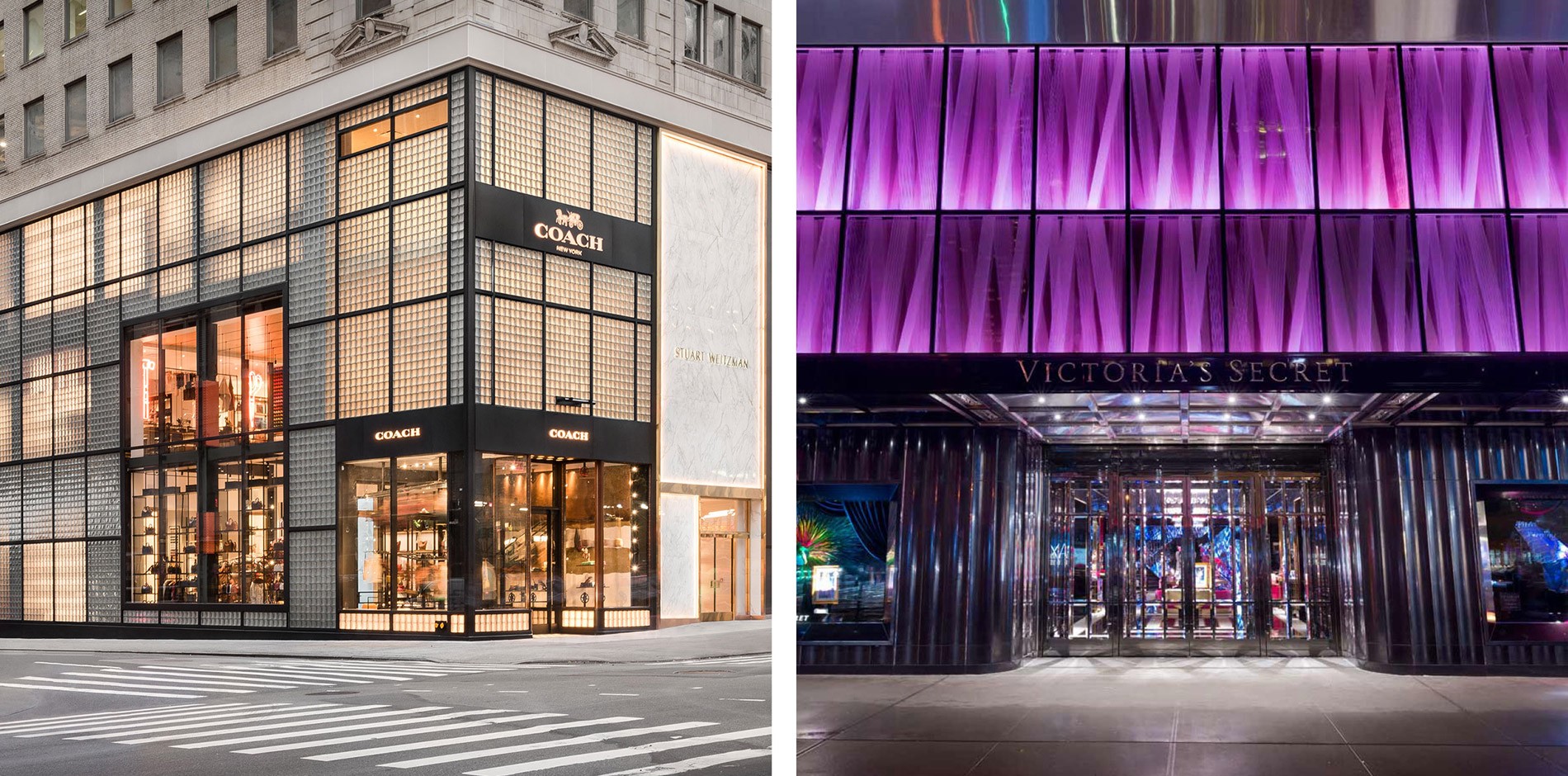Standard building practices use and waste millions of tons of materials each year.
Helping to preserve the planet is not the only reason you should go green. It might actually save you some green. Integrating sustainable design and construction services can provide long-term benefits for companies—including reducing day-to-day operating and maintenance costs and more efficient use of resources. Sustainable construction can lead to lower vacancy rates, higher property values, decreased infrastructure strain, and reduced demand on local power grids and water supplies, and can optimize the life-cycle of the building. Most importantly, the use of non-toxic, low emitting materials can improve the health and productivity of the occupants—creating a safer and more comfortable environment.
A sustainable construction approach can increase energy efficiency by enhancing lighting, heating, cooling, ventilation, water heating, and refrigeration systems. But another critical method to consider is material selection. By selecting more environmentally-friendly materials, the energy and cost associated with obtaining materials—including processing, manufacturing, and transporting—can be reduced significantly. Reducing material use can not only be environmentally friendly, but can also bring a unique aesthetic to your space. For example, leaving exposed ceilings, duct work, and brick walls are all ways of reducing material usage.
Shawmut has been committed to integrating green construction methods into our construction approach far before the demand for more sustainable building practices increased. Most recently, we worked on the Coach flagship on Fifth Avenue in New York, where we achieved a 90% recycling rate for all construction waste. This means that we diverted 322,640 pounds of waste from landfills—which is the equivalent of 7.4 million water bottles! Also on Fifth Avenue, our Victoria’s Secret flagship project enabled a waste diversion initiative—recycling 84%, or 634,000 pounds, of total waste from the site.
Green building gets a lot of press for preserving our future—but there is plenty we can do here and now to make our buildings more affordable, more functional, and more responsible.
